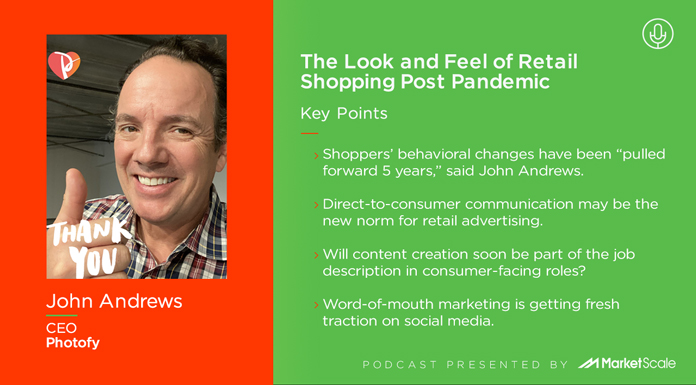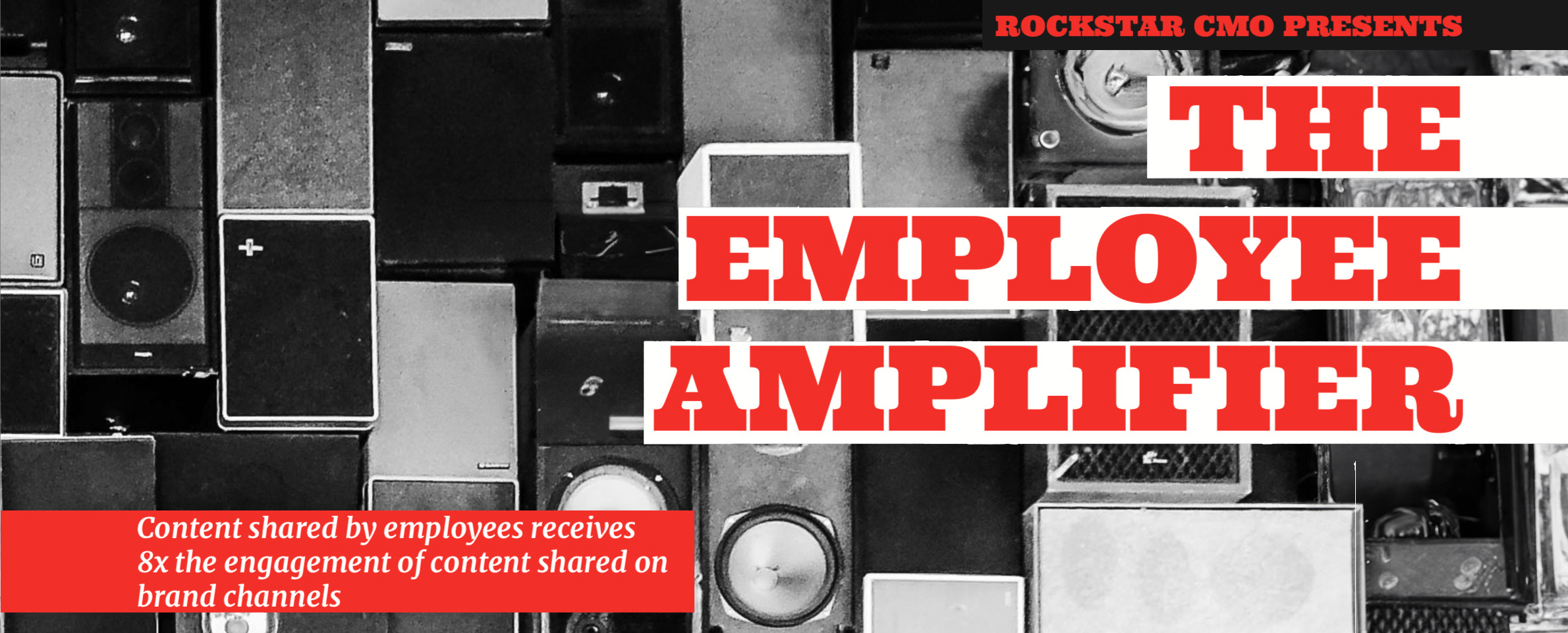
Retail Change Just Advanced 5 Years
What’s the Retail Winning Move?
For all the retail technology hype, the mundane curbside pickup has become the retail winner during COVID19. The alternative to shopping in stores for groceries and other items suddenly leapt from the early adopter part of the growth curve, to move deep into the early majority. Walmart and Shipt apps have exploded in popularity as shoppers seek options to limited social contact. Once shoppers try these services for the first time, it is likely that they will never return fully to their old patterns. What an opportunity for retailers that had invested in these services over the past few years and had worked out many of the kinks and barriers along the way. What was a slow-burning retail apocalypse for many retailers, just turned into a full-fledged firestorm. Shopping will be forever changed post-crisis, and while the dislocation of people and capital will be painful, both will be reallocated to more efficient models.
The brand and retailer power dynamics are also being altered. Nike closed all of its stores in China in response to the crisis but doubled down on its consumer connection by offering stay at home workouts through its app for free. While other retailers could only hope to focus on deals and support communication through their e-commerce channels, Nike was actually supporting people in their need to stay healthy and fit. Nike is playing the long game, which likely involves all of its retail coming under its own control. If the crisis proves nothing, it proves that channels that don’t offer a shopper benefit, only add friction to the shopping process. As shoppers migrate along new channel pathways the systems will still need work to handle the sudden increase in volume.
“The second step in the playbook is a “recovery” period. As physical retail stores began to reopen, foot traffic returned gradually — but digital sales, in China, have remained strong, Nike says. (Executive vice president and CFO Andy Campion said in the earnings call that Nike’s Chinese digital sales are “approaching triple-digit growth” over pre-crisis numbers.)”
Many of the services have multi-day wait times for a delivery window, but that is also contributing to behavioral change. The automated stock-up delivery is likely to become more prevalent as shopper’s purchasing pattern data grows. FCMG goods will be automated to balance demand and simplify shopping occasions. Fill in, and day-of shopping, will be opportunities for grocers to ‘Be Like Nike’ and become a resource for food beyond just being a purchasing channel. Shoppers have ramped up their recipe and cooking content creation as they quickly search for new meals to add to their repertoire. People like Daniel Small are turning to social channels to provide quick and easy demos for exciting meals. It will be a natural step for this type of content to be integrated into a pickup or delivery shopping cart for this evening’s meal.
Not surprisingly, Google has quickly integrated the new restaurant takeout paradigm into its maps platform as well.
Immediate consolidation is the most likely outcome of the COVID19 crisis IMHO. Walmart grew sales 20% in March as its huge investment in-store pickup enabled it to gain share from rivals while servicing its shoppers that were pantry-loading in response to the event, as well as gain in categories from retailers that have been forced to shut their doors. Like Nike, Walmart is benefitting from a massive commitment to take digital beyond just being an ecommerce channel but also adding content-rich support for shoppers on and off its properties. Private Equity firms that have extended the lives of declining retailers will begin to look for an endgame as this situation illustrates the revised model of retail’s future. As CNBC grimly reports, bankruptcies won’t be an option this time.



